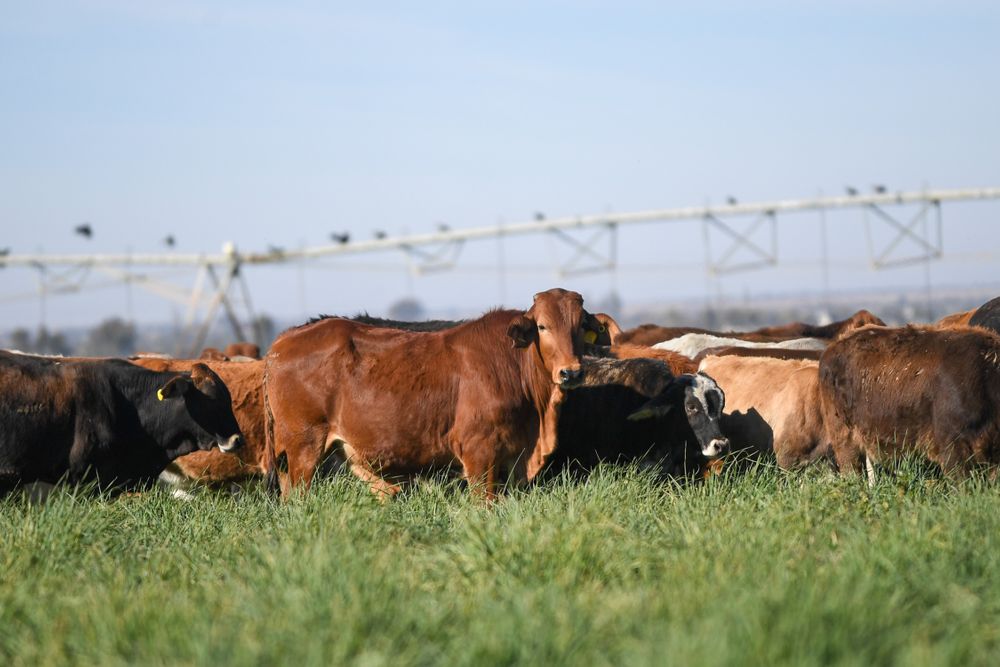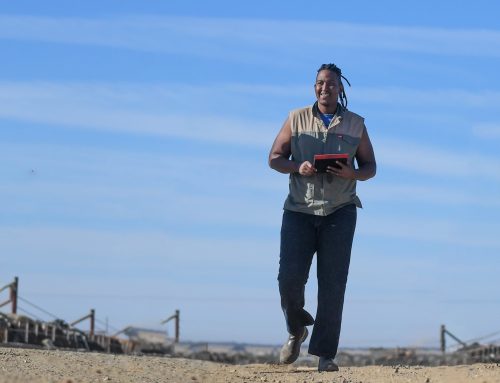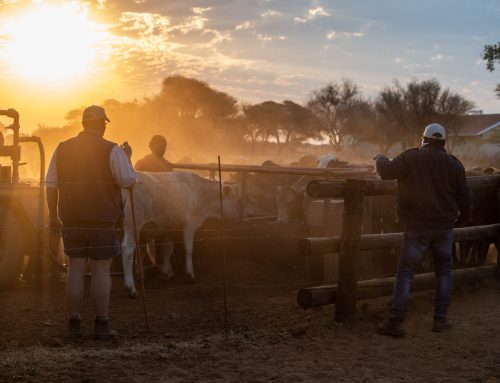Having an optimised vaccination programme with benchmarks that are frequently measured will go a long way to improving a cattle farmer’s profitability.
This is the premise of the first fully comprehensive cattle herd health programme in South Africa called Farm to Fork, which has been pioneered by Beefmaster Group, a leading a leading specialist supplier of beef products to South Africa and global markets, together with market leaders MSD Animal Health and AllFlex Livestock Intelligence. This programme is also supported by leading veterinary practices and beef farmers, putting the South African cattle farmer on a similar best practice footing with their global counterparts. The aim of the Farm to Fork programme is to educate farmers to implement better practices that will prioritise herd health.
Dr Clint Austin, Technical Lead for MSD Animal Health, says if cattle farmers want to optimise their profitability, they should start with a structured vaccination programme, which will improve the health of their cattle.
“A structured vaccination programme with appropriate benchmarks and measurables will allow you to track how many cows have fallen pregnant, how many losses you have incurred during a breeding season, and so on. Tracking this can give you vital information about the techniques you used, help you to get as many cows pregnant as possible, and convert these pregnancies into full term births. You can then always strive to maintain these benchmarks or keep improving them,” says Dr Austin.
He adds that if you are using a paper-based system, you should look at ways to keep more accurate records of what you have to do at various stages in the production cycle. This is especially helpful in keeping track of batch numbers and expiration dates of vaccines administered.
“This information is useful if you are selling the animal, as reputable buyers will value a full vaccination history when looking to buy, as it can tell them a lot about the health of the animal. You can use electronic identification systems to manage these records,” says Austin.
He adds that, to make a regular vaccination programme more manageable, cattle farmers should consider a closed breeding season rather than an open one. The difference is that during a closed breeding season the bull is separated from the cows and only put together in the same camp for two months, which means breeding season happens once in the year as opposed to throughout the year at irregular intervals.
“This will allow you to plan your vaccinations more effectively as all of the calves will be born in a restricted time period, as opposed to throughout the year. Farmers lose money because they can’t implement appropriate benchmarks when there is no set season, as there is more wastage with vaccinations.”
He explains that vaccinations come in multi-dose vials rather than single doses, which means that if calves are born at different periods, the product may have reached its sell-by date and therefore need to be discarded.
“You will probably have fewer product losses if you have a closed breeding season.”
He mentions that, contrary to popular opinion, implementing a closed breeding season is not more management-intensive.
“If you have twenty cows or more, implementing a structured vaccination programme alongside your closed breeding season will save you effort, time and profits in the long run,” says Austin.
He reminds cattle farmers that it is far easier and more cost-effective to vaccinate, which is a preventative strategy, rather than implementing therapies and treatments against common cattle diseases such as respiratory diseases, botulism and other viral or bacterial diseases. These diseases can severely impact a farmer’s ability to earn an income.
He adds that some diseases affect the reproduction rate of your farm, resulting in lower weaning or calving percentages, which is why it is critical to vaccinate the cow throughout her lifetime before she falls pregnant. Antibodies generated in response to the vaccine are passed on to the calf in the form of colostrum taken in by suckling during the first 24-48 hours of life.
“Again, if your aim is to sell your weaners, but you are getting fewer weaners due to an increase in reproductive disease, then not vaccinating will cost your farming venture profits,” explains Austin.
He says in most situations the treatment or health costs should not exceed between two and five percent of your input costs, per animal. “If you have to buy 1000 doses of a vaccine, per individual animal the percentage is quite small.”
He adds that the single most important factor when it comes to vaccinations is timing.
“It can take up to four to six weeks for the immune system to respond optimally, so you would want to vaccinate a few months before a disease may be at its peak. For example, lumpy skin disease, which is carried by mosquitoes or other biting insects, is prolific during the rainy season in November and December in some parts of South Africa. It would make sense then to vaccinate in September already, depending on where your farm is situated, so that the animal can be build up an immune response.
“If you need help with a structured approach for your vaccination programme, it may me best to seek the appropriate information from a reputable source. Build a relationship with your veterinarian for sound advice and use technology to help you,” concludes Austin.
Farmers who want to learn more about the Farm to Fork initiative can speak to their local veterinarian to find out if they are participating. Alternatively, they may contact Dr Clint Austin at clint.austin@merck.com (+27 (82) 8593448) for more on the initiative.
-ends-






